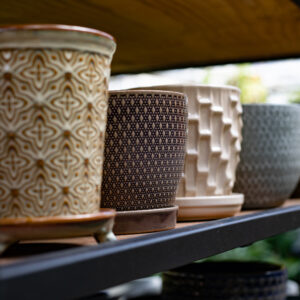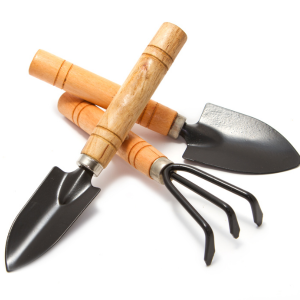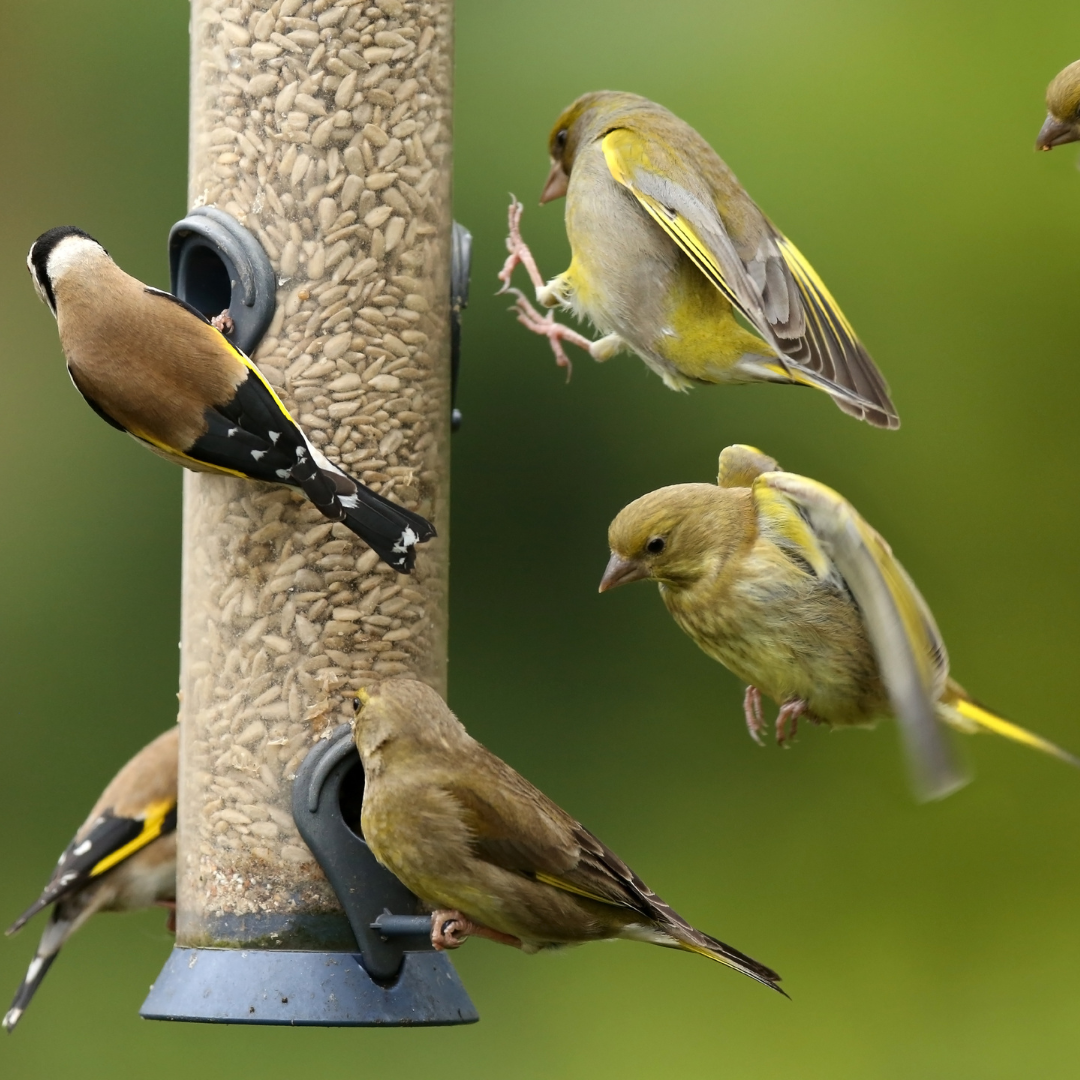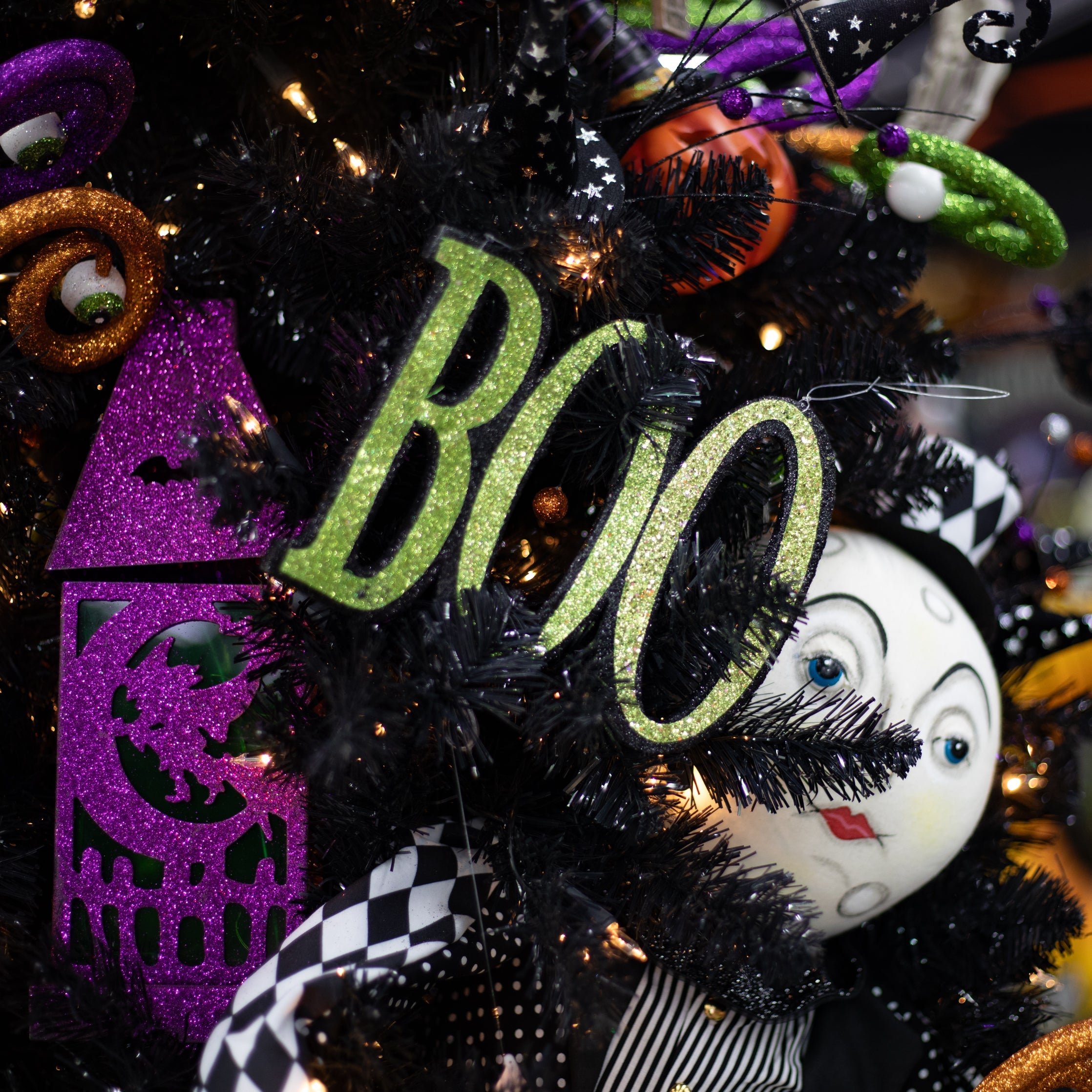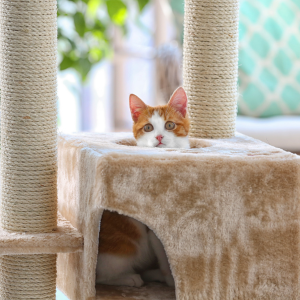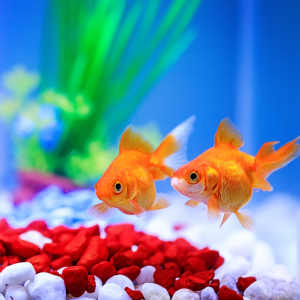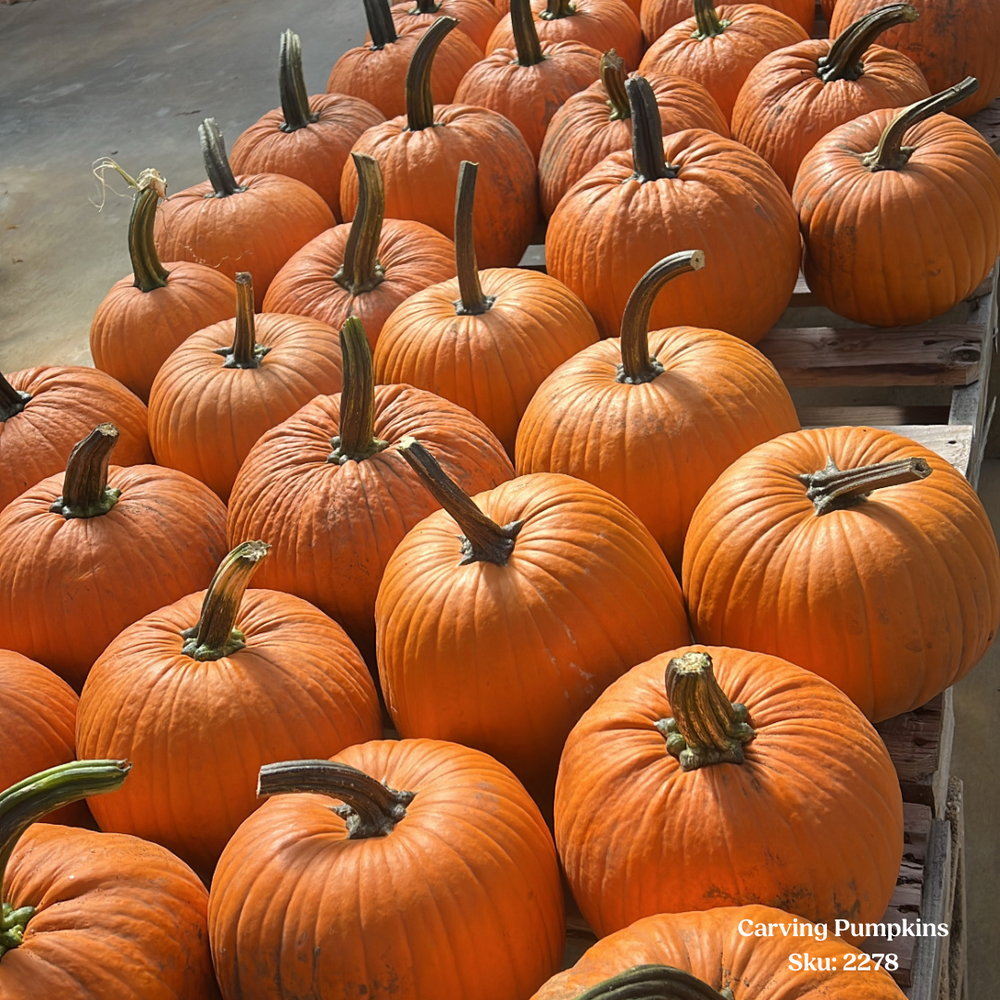Cyclamen Care
Cyclamen are elegant flowering plants with upswept, butterfly-like blooms and heart-shaped leaves.
Popular during fall and winter, they add vibrant color indoors when most houseplants go dormant.
While slightly finicky, Cyclamen reward attentive care with long-lasting blooms that brighten cool-season interiors.

Light
Prefers bright, indirect light. Avoid direct sun—can scorch leaves. Keep in a cool, bright spot (north- or east-facing window is ideal).

Watering
Water when the top inch of soil is dry. Avoid overwatering that can cause the bulb to rot. Water from the bottom or around the edge—avoid the crown. Reduce watering once the plant enters dormancy (after blooming).

Humidity
Prefers moderate humidity. Avoid misting directly on leaves or flowers. Use a pebble tray if indoor air is dry.

Temperature
Ideal range: 50–68°F (10–20°C). Cyclamen thrive in cooler indoor temperatures. Keep away from heaters, drafts, and hot rooms.

Soil
Use a well-draining potting mix. A peat-based mix with added perlite is ideal.

Fertilizing
Feed every 2–4 weeks while actively blooming. Use a balanced liquid fertilizer diluted to half strength. Stop fertilizing when the plant goes dormant.

Repotting
Repot only when dormant (spring/summer). Use fresh soil and a pot just slightly larger than the tuber.

Pruning & Cleaning
Remove yellow leaves and spent flowers by twisting and pulling gently from the base. Avoid letting debris sit on soil surface.

Pet Safety
Toxic to cats and dogs if ingested. Can cause vomiting, drooling, and seizures.

Common Problems
Yellowing leaves = overwatering or high temperatures. No blooms = too warm or not enough light. Soft crown = crown rot from watering too close to center.

Common Pests
Watch out for cyclamen mites, aphids, mealybugs, and thrips.

Fun Fact
Cyclamen go dormant in summer—don’t throw them away! Just let them rest, then revive them with gentle watering in the fall.



